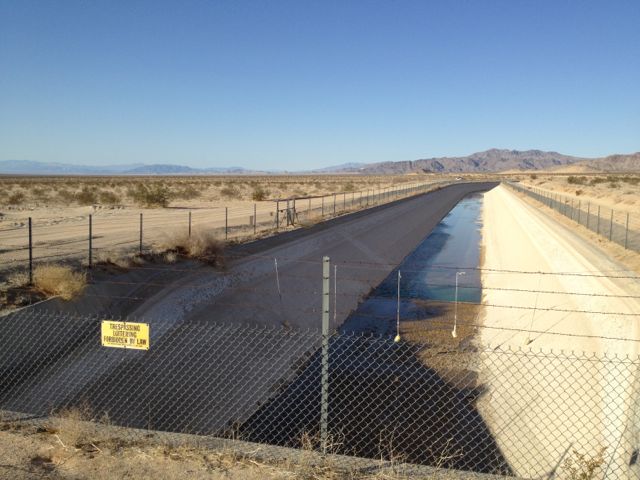I’ve been addled by influenza for the better part of a week, tortured by feverish dreams of men in dark robes (were there robed women too?) in a great white-fronted building holding solemn rituals to try determine whether I might be healed. But it was like Plato’s cave – you couldn’t see the robed tribal elders directly, only hear attempts by other mostly white men on television, divining and interpreting their meaning like so many shadows on the cave wall. But one of the people on TV was a nice lady named Rachel, I think. I liked her the best because she told me what I wanted to hear.
It was only fever dreams, I think.
I emerged from the fog today with enough energy to begin perusing the new National Research Council Bay-Delta report. Michael Campana’s posted the whole thing over at his blog, (update: also available straight from the NAS) and it’s worth a few days’ digestion, but the report makes it bang-you-over-the-head obvious even on quick first reading the panel thinks current efforts to wrestle with California’s central water problems are unserious in their unwillingness to get into the hard stuff.
I’ll cite two central reasons from the report. The first is a widespread reluctance in California to acknowledge the central fact of scarcity:
The challenges of managing water and achieving ecological rehabilitation in the Delta are numerous, including the reluctance of many participants to confront the reality that water is scarce.
The second problem flows from this first. The central underpinning of current efforts to deal with the Sacramento-San Joaquin Delta water policy and politics mess is the principal, ensconced in California law, of “co-equal goals” – water supply reliability alongside environmental protection for the Delta ecosystem.
[I]n practice, it is not clear what co-equal means. Does it mean that any additional water will be allocated half and half to support each goal? Or does co-equal imply some proportional allocation? Or does it mean that water for support of one goal should not be available at the expense of water to support attainment of the other? Yet if the attainment of either or both goals requires more water than is currently available, and additional water is unavailable because of scarcity, then the co-equal goals cannot be attained.
The idea of the co-equal goals, as the panel notes, had some political merit. Any solution that prejudged the answers in favor of one or the other would never have gotten out of the starting gate. Yet the planners have not taken the room the legislature left them and done anything with it, the NRC panel concluded:
By positing the co-equal goals without specifically defining them, the legislature has given planners the opportunity to create the necessary balance. Yet, this has not been the focus of planning so far.
“So far.” Such optimistic language.
It appears to be assumed that additional water will have to be found to serve the co-equal goals. When water is scarce, it is not possible to allocate water to support one without reducing the allocation for the other. Of course additional water can always be found by reallocating water from some other use that is independent of the uses envisioned by the co-equal goals, but in California, that simply moves the problem of scarcity to another locus.
And so far, as the Panel’s report notes, the planning documents have just kicked this can down the road. Here’s the money quote:
[T]he future will require planning and management that specifically acknowledge and take into account that there is not enough water to meet all desired uses in California with the required degree of reliability everywhere and all the time.
Thank goodness it looks like it’ll snow this weekend in the Sierra Nevada. Maybe they can get some extra water from there.

